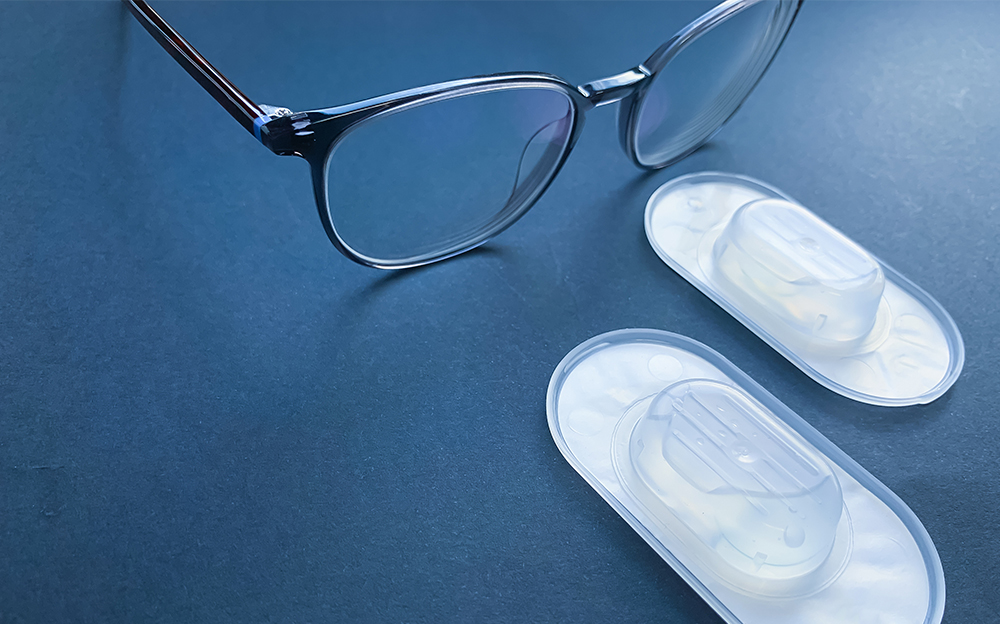What is a contact lens fitting?
A contact lens fitting includes the eye and vision tests you’re used to as part of a routine eye exam. It also includes special tests and measurements specific to contact lens wear. In addition to vision correction, the size and type of contact lenses are included in the prescription.
Your eye anatomy, overall health, history of contact lens wear and other factors determine which tests are needed. In general, contact lens fittings can include:
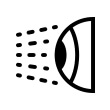 Corneal topography
Corneal topography
Photokeratoscopy measures the transparent front surface of your eye (the cornea). Precise dimensions are needed to determine which contacts will fit you comfortably. This is a completely non-invasive procedure. Your eye doctor uses a computer-assisted diagnostic tool to create a 3D map of the curvature, shape and regularity of your cornea.
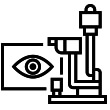 Biomicroscopy
Biomicroscopy
Slit lamp exam lets the doctor examine your eyes microscopically, to detect abnormalities or changes caused by contact lens wear. The slit lamp is a binocular microscope with an adjustable light so the doctor can focus on specific parts of your eyes. You may need eye drops to dilate your pupils, or eye drops with fluorescein dye to highlight any damage on the surface of your eye.
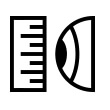 Pupil & iris measurement
Pupil & iris measurement
Measurement is done by holding a gauge (typically a card or ruler) near your eye, or by using an automated instrument. The diameter of your pupil and iris determine what size contact lenses you need.
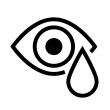 Tear film evaluation
Tear film evaluation
Evaluation determines whether your eyes produce enough tears to be able to wear contact lenses. Patients with low tear production may be able to wear contact lenses made for dry eyes, or may be advised to avoid contact lenses (in cases of extremely dry eyes).
Trial contacts & follow-up fittings
After the tests, your eye doctor will prescribe trial contact lenses and ask you to wear them for a few days before a follow-up exam. If this is your first time wearing contacts, you’ll be instructed on how to handle them properly to protect your eye health.
At your follow-up fitting, your doctor will conduct another exam to see how your eyes are adjusting, and to make sure the lenses aren’t putting your eye health at risk. Even if everything feels fine, poorly fitting lenses can lead to problems. Too small, and the lenses can restrict tear flow. Too big, and the lenses can shift around and harm the surface of your eye.
Some types of contacts (for example, contacts for patients with astigmatism) can take longer to find the right fit. Once both you and your doctor are happy with the way your contact lenses are fitting, your contact lens prescription is complete. You can order contacts in the store, or through our website.
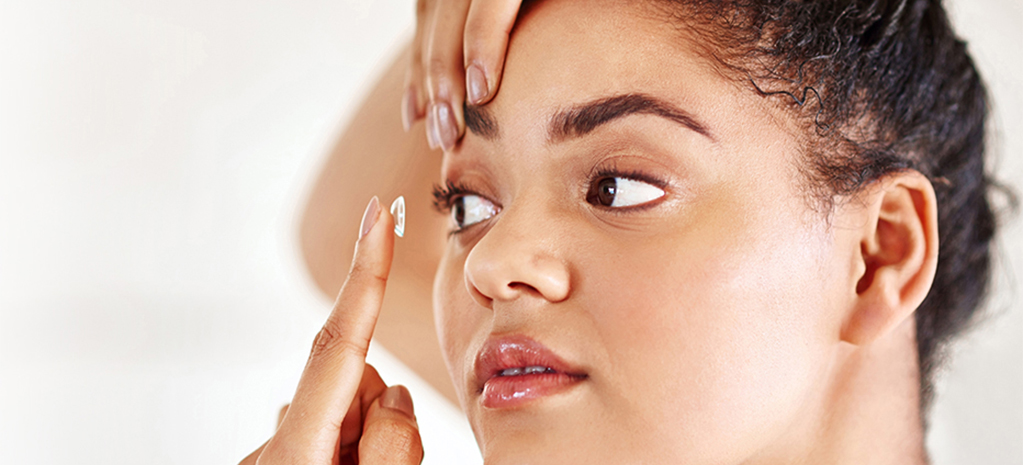
 Corneal topography
Corneal topography Biomicroscopy
Biomicroscopy Pupil & iris measurement
Pupil & iris measurement Tear film evaluation
Tear film evaluation